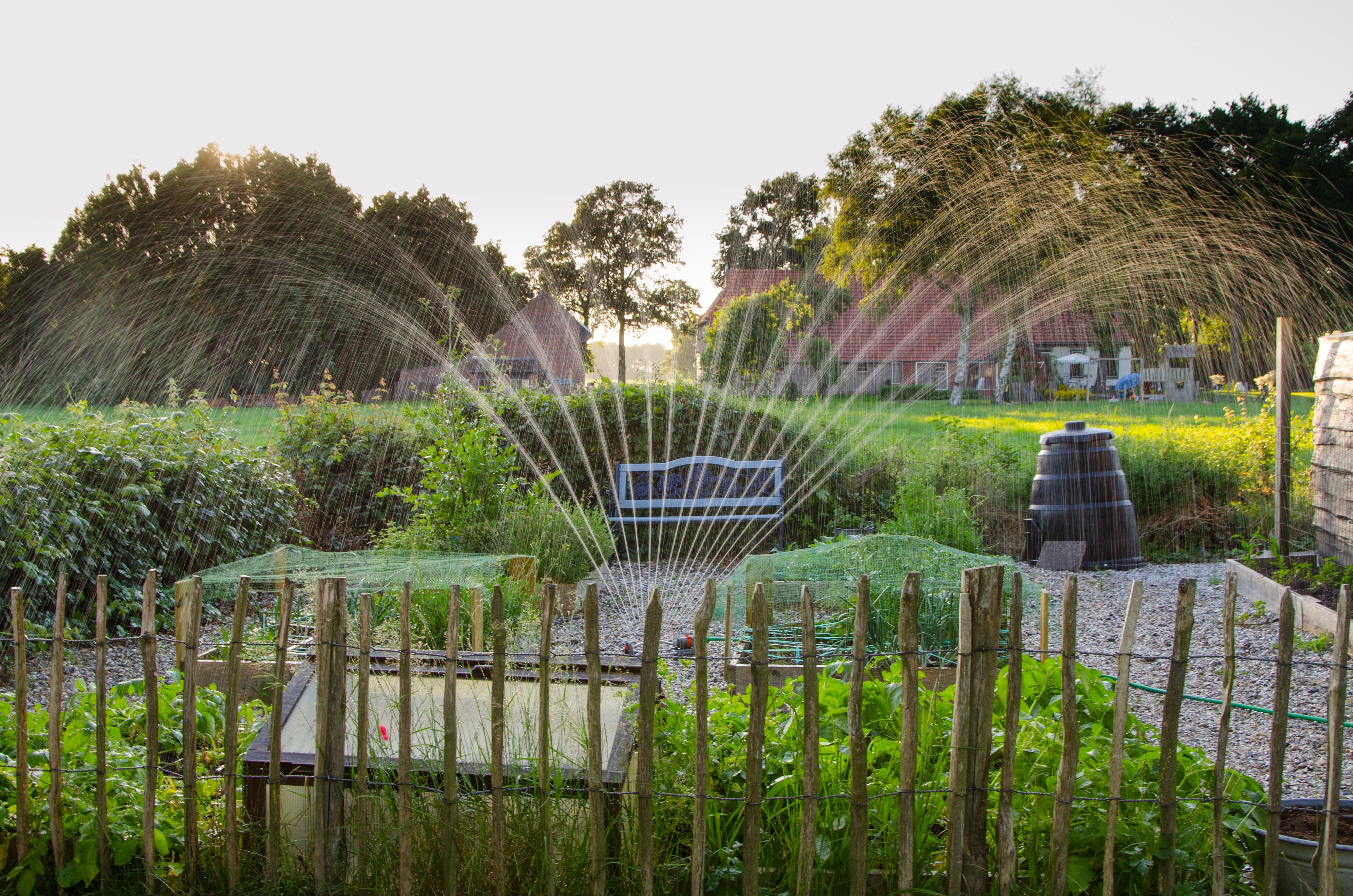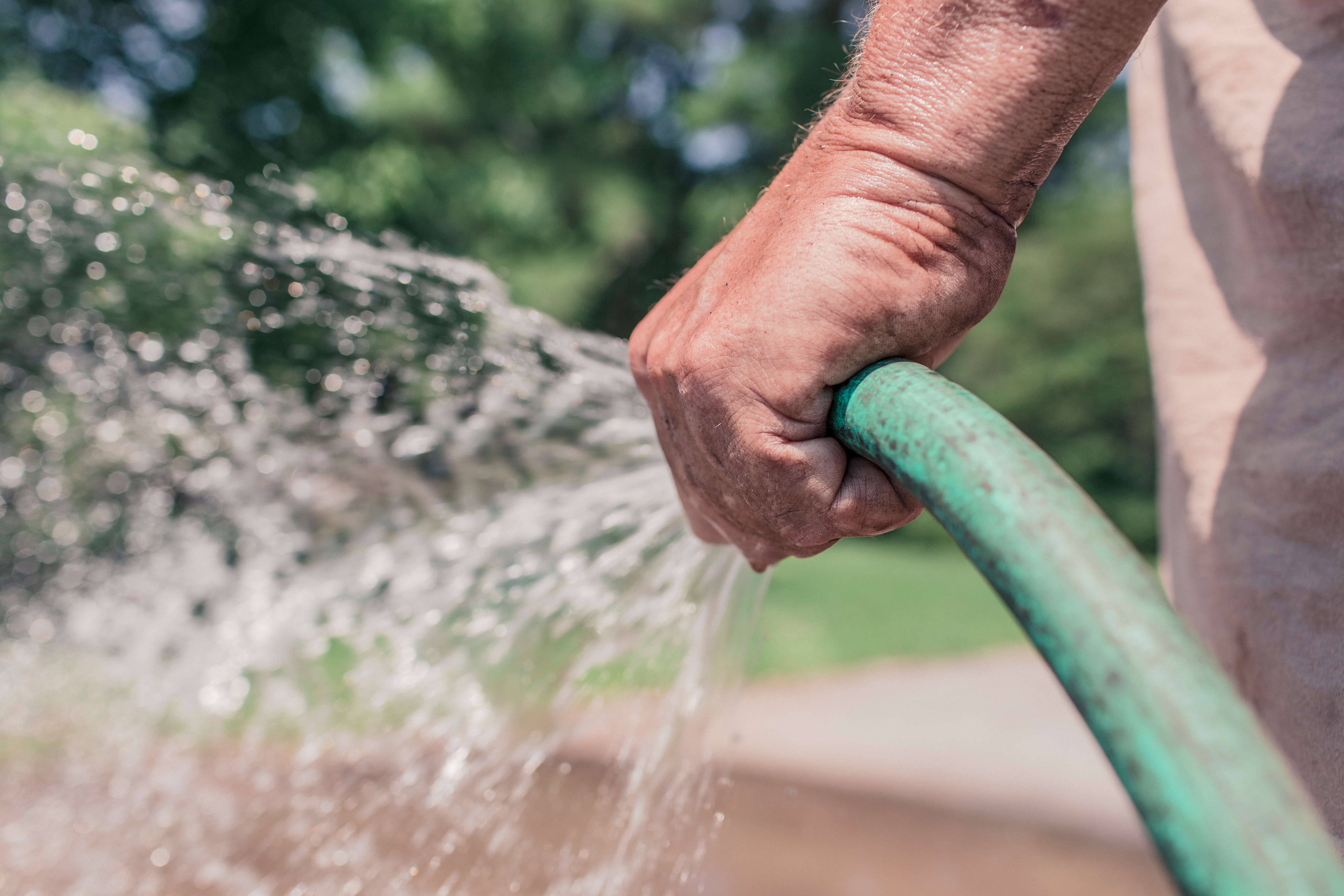The Ultimate Summer Watering Guide
Everyone knows that having plants requires summer watering all year long. Watering is one of the most crucial aspects of keeping plants healthy. It is easy to over water and underwater plants before winter or the first frost. Luckily for you, we have created the best guide to help you keep your plants well watered and thriving year round.
1. Consistency is Key
The number one factor to remember when watering plants is to be consistent. Keep a cycle or rotation through your plants and allow them around the same amount of water each day. This helps the plants to adjust to new environments and become well established within an area. Plants love consistency, so giving them water consistency will help them to thrive.
Don’t Water Every Day
According to the Sedgwick County Extension Office, watering every day is not necessary in Wichita and surrounding communities. Your lawn typically only needs an inch of water per week, but it could be slightly higher in the heat of summer.
2. Amount of Water
Make sure to allow the proper amount of water to be given to plants, if you consistently give plants too much or too little water then they will not survive very long. It can be hard to determine how much water to give each plant but you can use this helpful chart to help calculate the correct amount. You can tell a plant is under watered if they have a dry soil surrounding them. If a plant drys out do not over water to try and makeup the lost water, simply continue to water with consistency and adding slight amounts of more water.

3. Water Timing
Many people wonder what time of day they should be watering their plants.
Early Morning is Best
The cooler temperatures mean less evaporation, and it’s usually not as windy, so your water will go where you want it to.
The best time of day to water plants is in the morning. Watering in the morning allows for less evaporation and for the water to soak into the soil for the plant to use throughout the day. If you cannot water plants in the morning, late afternoon is the next best time to water plants. Be careful not to water too late into the evening as plants will develop fungal diseases from water on foliage. A special tip to remember is to avoid water wilting plants during the heat of the day. Many plants wilt to conserve moisture and then perk up again in the evenings.
4. Aim for Roots
Sometimes the best advice we can give is to water the roots and not the leaves. This promotes roots to grow deeper into the soil and become more established. Although it’s easier to spray leaves with a hose, the most efficient way to water plants is to aim for the roots. It is easy to overlook the basic of watering, but thankfully you now have our ultimate summer watering guide to help!

Watering is the essential element to growing a successful and well established landscape. The keys to successful watering include being consistent, applying the correct amount of water, time of day, aiming for the roots, and planting at the right time. Simply put all the keys together and you will have a landscape like no other. Before winter comes it is also essential to make sure all plants are well hydrated. The best way to avoid winter loss in evergreens is to make sure they have a good watering before winter.
We can have great lawns and gardens and conserve water too. The Wichita area receives 32.62 inches of rainfall annually, but rainfall is not adequate for optimum growth in parts of the year. Approximately 1/2 of all residential water use is on lawns and gardens during summer months. By adopting Xeriscape Principles (low water landscape design and maintenance) we can significantly reduce water applications and still have attractive landscapes. Practices such as core aeration of lawns and working in compost prior to planting will increase the infiltration of both rainfall and irrigation.
Other Keys to watering
Let the Soil Dry Out
They key to conserving water while maintaining your lawn’s health is to let it dry out as much as you can without damaging the grass. You might be surprised how well your lawn can withstand dryness – it will go dormant before it dies.
Encourage Deep Root Growth
By waiting until the top 2-3 inches of soil is dry, your grass will be forced to send roots deep into the soil to look for water. This will enable your lawn to withstand hotter, drier weather with less watering.
Water in Short Cycles
It takes time for soil to absorb water. If you have clay soil, it can take an hour for a quarter of an inch of water to soak in. So, if your sprinklers are putting down an inch of water in an hour, most of it is wasted. Sandy soil can absorb 2 inches of water an hour, so you can water a little more at a time.
The solution? Water in several short sessions, rather than one long session. If you water about a quarter of an inch at a time, with an hour break in between, even clay soil will have time to soak in all the water.
Install a Rain Sensor or upgrade to a Smart Controller
As we’ve already covered, there’s no need to water when the ground is already wet. But turning your sprinklers off manually every time it rains (and remembering to turn them back on afterward) can be a pain. A rain sensor will monitor the weather conditions and regulate when your system runs.
Smart Irrigation Controllers. A smart sprinkler controller is like a smart thermostat for your garden or yard. It optimizes your in-ground irrigation system by auto-adjusting to weather and soil conditions, making a healthy landscape easier while cutting water use. After a season testing a few differernt models, we think the Rachio is the best for most people. It adjusts to real-time weather conditions and integrates with many smart devices, yet remains simple to use. We have also used Rainbird, Hunter & Rain Machine and they work quite well but find them to be lacking in options, a bit complicated or not budget friendly.
We have partnered with ScapeTec-Jason (Rachio Authorized Installer) for your smart irrigation needs. Give us a call and we can put you in touch with him.